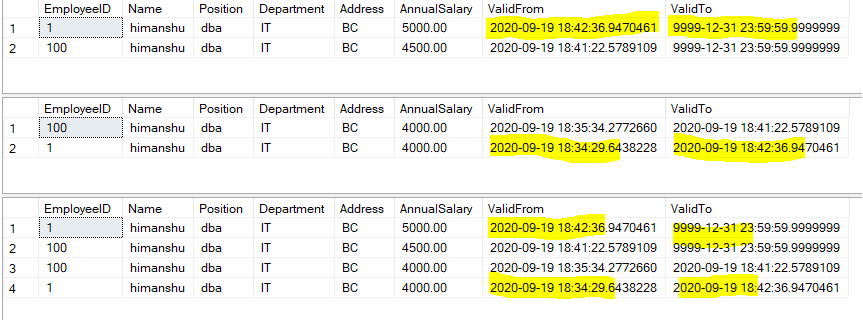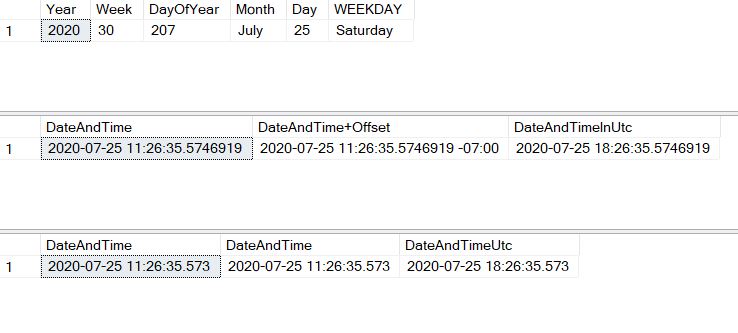SQL Server database design
Table design best practice Avoid using special characters and space in table name column name and another object name like view, procedures, etc. Avoid using binary data in the table. Should avoid files store as binary data. Always define Primary key Avoid using data types NTEXT, TEXT, and IMAGE. Avoid using the primary key on …




